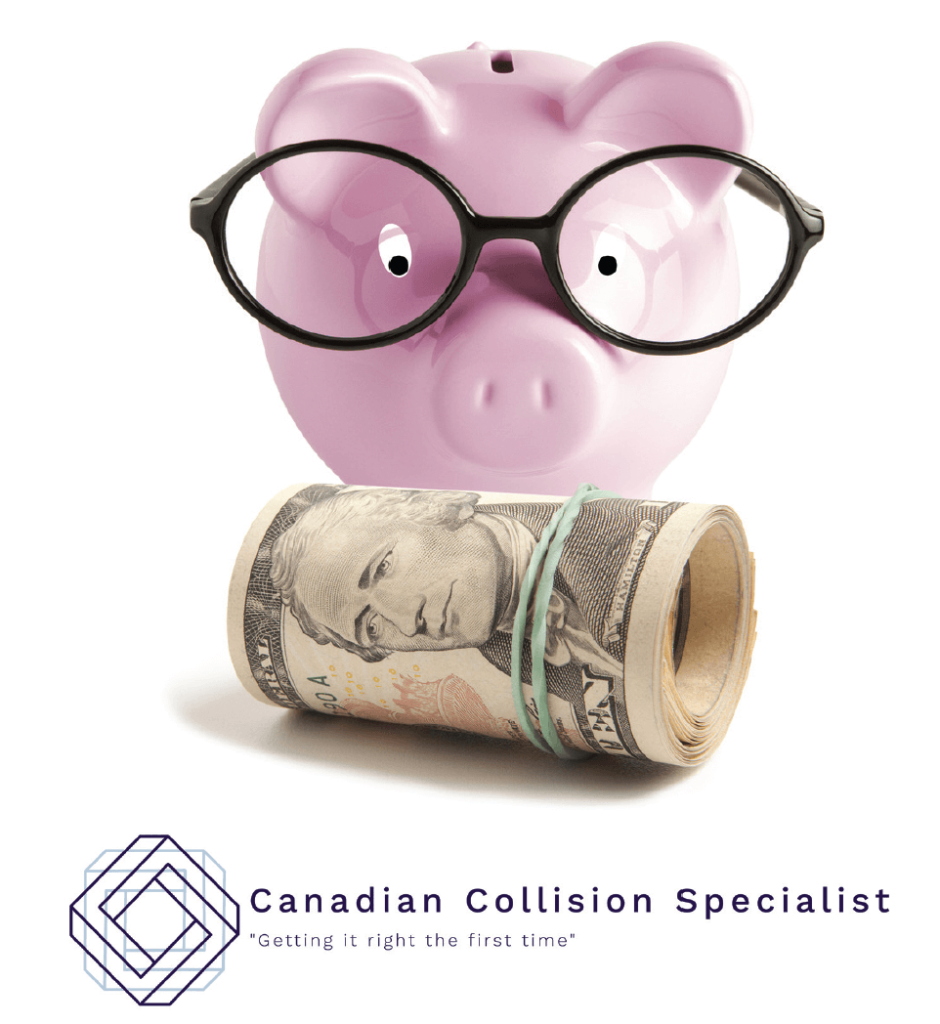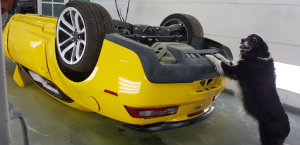Nice try—no, it’s not
Column by STEFANO LIESSI
As we look, this month, at finances, I will keep this article a bit shorter as I don’t want to repeat the same points I have in the last piece I wrote, and at a recent conference I spoke at.
To this point, I will only reiterate it once: GET PAID FOR WHAT YOU DO. It is why you are in business, to make a profit. If you were running a charity, the licence on the wall in the office would be one of a charitable foundation and not a business licence.
Those who may not know what article or presentation I speak of can find them on my website and in the most recent issue of Collision Repair magazine. I am not one to sugar-coat a topic or give you some long-winded, runaround explanation that rationalizes a less-than-straightforward concept. So, I will straighten out a few things for some of you who may have been told otherwise about the Cost of Doing Business.
It has been brought to my attention that there needs to be more clarity about this. The Cost of Doing Business is a term used in accounting and finances related to running a business and can encompass a wide range of items. What I will do here is present this concept in a very straightforward approach. Let us start with a definition—Cost of Doing Business or “overhead expense” means all costs of doing business incurred in the conduct of the business and shall include without limitation the following items of expense: [indirect administrative] labour (including salaries of executives and officers), rent, interest on borrowed capital, depreciation, selling cost, maintenance of equipment, credit losses, all types of licenses, taxes, insurance and advertising.
The complete list is substantial; this definition only encompasses a brief portion of the expenses that can fall under this category. To add to this, we would list bank fees and interest, rent, utilities, business vehicles, software, furniture, office supplies, membership dues (including union or other professional affiliations), business meals, business travel expenses, employee retirement plans, employee education plans, employee benefit programs, subscriptions, office equipment, legal fees. etc. These costs are passed on by generating income from repairing vehicles charged out on your ROs using your door rate, a topic for another day.
As you peruse the listed items, you will notice something, not one of these items will you find as a line item on an RO. Strange, my opening statement is to get paid for what you do. You read this list and think to yourself; I do all these things. Yes, you do; however, these items enable you to run your business, ergo, the cost of doing business. When I say get paid for what you do, I am referring to your business; if you are reading this, it is likely a collision repair facility. Your business is repairing vehicles, which means ANYTHING directly related to the repair of that vehicle; a procedure, a part, an operation; these are all aspects of the actual repair; the cost of doing business allows you to carry out the repair, and the repair is your business.
One-time use items, nuts, bolts, and fasteners are all car parts; they are not shop supplies and materials or a cost of doing business. If an item was on the vehicle from the factory, it is a ‘part.’ If I spend time researching codes, or OE procedures, these are not the cost of doing business; these are required to repair the vehicle; the cost of doing business would be acquiring the software and the scan tool. Applying them to the repair is part of the repair. Quite simple.
In his last article, Tom Bissonnette referred to ‘margin compression,’ which is a direct product of an incorrect analysis, or shortcomings, on your cost of doing business, not to mention other less-than-savoury tactics and stressors placed on shops in our current dynamic. His article is also well worth the read as it covers aspects of shops’ financial burdens. The title of his article is “The Crux of the Matter.” Always a good read from Tom.
It has been mentioned to me on more than one occasion that this ‘Cost of Doing Business rationalization’ has been presented to estimators and managers on more than one occasion as a justification to cut costs on a repair by a payee. I find it amusing that the individuals that present this are not in this business for themselves; if they were, they would understand otherwise. So, to those uncertain and who inadvertently misused this phrase, now you know.
Here is a web link to a Cost of Doing Business calculator using the expenses listed by the CRA: at npac.ca/cost-of-doing-business-calculator. Sometimes the answers are already there; you just need to realize it. Getting swayed by hearsay and losing focus on the facts is very easy; sometimes, a simple reminder with a reset and you can get back on track.
I will close out by paraphrasing a gentleman I follow on social media, “you should never let the party that owes you money dictate how much they owe you.” In my opinion, and you are all entitled to my opinion, that is very sound financial advice.







































